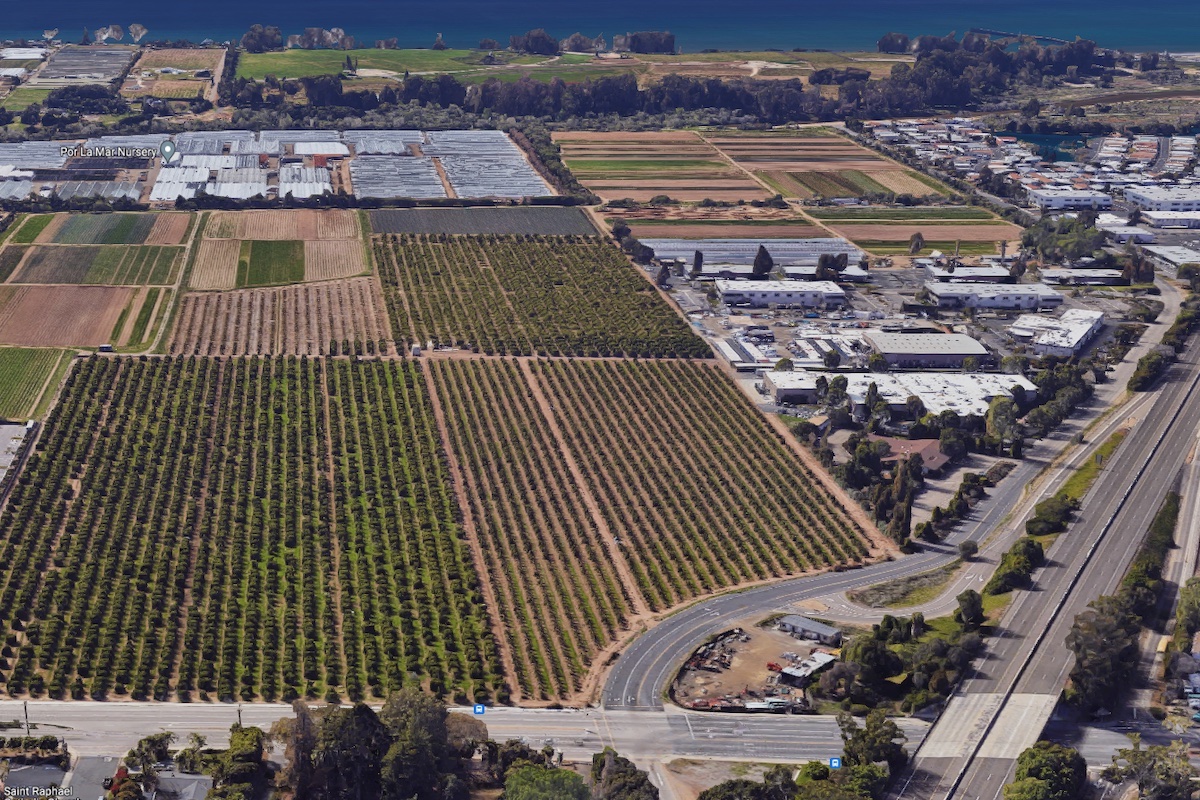Housing Challenge Intensifies Between Goleta and County of Santa Barbara
City Council Officially Requests County Remove Plan to Build on Farmland

A Montecito landowner is interested in building employee housing, which is a step in the right direction in the regional housing crisis. But for the City of Goleta, it won’t solve the problem of nearly 300 acres of agricultural land that the County of Santa Barbara plans to rezone for housing right along the city’s borders. On Monday, Goleta’s City Council voted to send a letter outlining the city’s concerns and requesting the removal of the farmland and Glen Annie Golf Club from the list.
Like all the cities, the county must zone for a certain amount of housing to be built in the next eight years, a difficult task, especially as the state is giving the Housing Element document more scrutiny and the numbers are steep: 4,142 units in the unincorporated South County, 8,001 in Santa Barbara, 901 in Carpinteria, and 1,837 in Goleta. North County and its cities must find the real estate for nearly 10,000 homes.
Any jurisdiction that fails to certify a Housing Element faces a serious loss of funding from the state and the possibility of developments with no discretionary safeguards. Moreover, it’s likely more of its residents will go without the housing they need near where they work.
The numbers reflect where the jobs are. Goleta holds a good number of light industry and retail, and UC Santa Barbara sits right on its border. The irony is not lost on Goleta that the state is mandating housing in the city, yet UCSB, a state institution, is failing to provide agreed-upon housing for students and faculty, Mayor Paula Perotte reflected on Monday.
The city has done its part, building about 1,400 units in recent years, said Councilmember James Kyriaco, and was likely to approve another 332 units on March 7 at Heritage Ridge, a housing development that includes 104 low- and very-low-income apartments, which is just the sort of affordable housing the new state laws target.
What income-level homes are built where is very much a part the problem. Though semi-urban Montecito and Hope Ranch are in the county, the employee housing above is the only one identified in either location. Instead, the county plans to rezone farmland on South Patterson for 2,734 potential units in Old Town. That’s an environmental justice problem, Goleta’s letter states: “Should rezones be required, new sites in more affluent, white, and larger-lot/underutilized sites in Montecito and Hope Ranch, for example, will expand housing equity opportunities AND protect the disadvantaged community located in Old Town.”
According to Lisa Plowman, who heads County Planning, the state’s scrutiny looks for plans in process and land with leases that prevent housing; the state isn’t likely to accept rezoning for low-income housing in areas where homes cost $4 million and up. “The state has been very clear that they want each jurisdiction to demonstrate that the identified developed sites will develop or redevelop within the eight-year Housing Element cycle,” Plowman said.
Goleta disagreed, and its planners stated that developer interest was only one of many factors for nonvacant sites. The city’s letter also questioned whether the county had scrutinized each eligible infill parcel — vacant and underutilized, residential and nonresidential — to which Plowman said they’d analyzed each type throughout the unincorporated county and also projected accessory dwelling units and pending residential projects. Their intent was to cut the time to become certified by being thorough and realistic, Plowman said.
But another bone of contention was public outreach. In the letter, the city states the county’s draft document should be discussed in a workshop, at the Planning Commission, and revised. “Accommodating this request will best position the County to have Goleta’s support, not opposition, during the State’s review of the draft,” the letter states.
To that shot across the bow, Plowman opined that Goleta might be overly optimistic about its own Housing Element, which she thought was not very different from the draft that was rejected. As for outreach, the county’s plan holds four pages of it, which includes a dozen meetings with individuals and groups, but is largely a list of posts and circulars. The influential Citizens Planning Association (CPA) met with the county, but even CPA supports Goleta’s assertion that farmland should be developed only as a last resort.
In November 2022, public workshops took place and displayed the draft map that alarmed Goletans over ag lands. Many spoke and wrote in support of the council on Monday, including Janet Wolf, who was a county supervisor in 2009 when the Local Agency Formation Commission voted down a previous council’s request to annex the same South Patterson farmlands; the county feared the city would build on them. Wolf said she had always appreciated the cooperation between the county and the city and said she was “hopeful the county will take the issues you raise seriously.”



